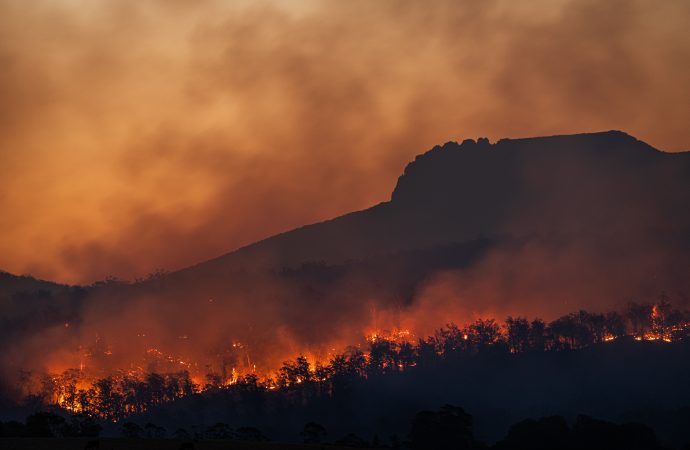Introduction: A groundbreaking study has revealed a compelling link between Australia’s devastating wildfires and the subsequent occurrence of La Niña, a climate phenomenon that has dramatically altered weather patterns in the United States. The research sheds light on the intricate interplay between natural disasters and global climate systems, highlighting the far-reaching consequences of Australia’s
Introduction:
A groundbreaking study has revealed a compelling link between Australia’s devastating wildfires and the subsequent occurrence of La Niña, a climate phenomenon that has dramatically altered weather patterns in the United States. The research sheds light on the intricate interplay between natural disasters and global climate systems, highlighting the far-reaching consequences of Australia’s wildfires. In this article, we explore the findings of this study and their implications for our understanding of climate dynamics.
Unraveling the Connections:
Scientists have long suspected that extreme wildfires can have significant impacts on weather patterns. The study, conducted by a team of international researchers, provides compelling evidence of the complex relationships between Australia’s wildfires, La Niña, and the resulting shifts in US weather patterns. By analyzing a vast array of data, including satellite imagery, atmospheric conditions, and climate models, the researchers uncovered a clear cause-and-effect relationship.
Australia’s Wildfires as a Catalyst:
The unprecedented scale and intensity of Australia’s wildfires released an immense amount of heat and smoke into the atmosphere. The plumes of smoke rose high into the stratosphere, carrying aerosols and gases that interacted with the atmosphere in intricate ways. These interactions triggered a series of atmospheric changes that set the stage for the formation of La Niña.
The Role of La Niña:
La Niña is a climate phenomenon characterized by the cooling of surface waters in the central and eastern Pacific Ocean. It has far-reaching impacts on global weather patterns, influencing temperature and precipitation distributions. The study found that the intense wildfires in Australia played a crucial role in the development and strengthening of La Niña, leading to shifts in weather patterns thousands of miles away.
Altered US Weather Patterns:
The effects of La Niña on US weather patterns have been profound. The study revealed a clear correlation between the occurrence of La Niña and notable changes in temperature, rainfall, and storm patterns across different regions of the United States. Some areas experienced unusually cold and wet conditions, leading to increased flooding and heightened snowfall. In contrast, other regions faced prolonged droughts and elevated wildfire risks.
Implications for Climate Science and Preparedness:
The findings of this study have significant implications for climate science and disaster preparedness. They highlight the interconnectedness of global climate systems and the potential ripple effects of extreme events. By understanding the complex relationships between wildfires, oceanic patterns, and weather phenomena, scientists can improve climate models, refine predictions, and enhance preparedness efforts.
Mitigating Future Impacts:
As climate change continues to fuel the frequency and intensity of wildfires worldwide, understanding the connections between these events and broader climate patterns becomes increasingly critical. The study emphasizes the urgent need to address the root causes of wildfires and implement effective measures to mitigate their impacts. This includes sustainable land management practices, investment in early warning systems, and international collaboration to combat climate change.
Conclusion:
The study’s groundbreaking findings offer compelling evidence of the links between Australia’s wildfires, La Niña, and the shifts in US weather patterns. This research underscores the complexity of our global climate system and the need for a holistic approach to understanding and addressing climate-related challenges. By gaining insights into these intricate connections, we can better prepare for and mitigate the impacts of extreme events, ultimately safeguarding our communities and ecosystem.

















Leave a Comment
Your email address will not be published. Required fields are marked with *